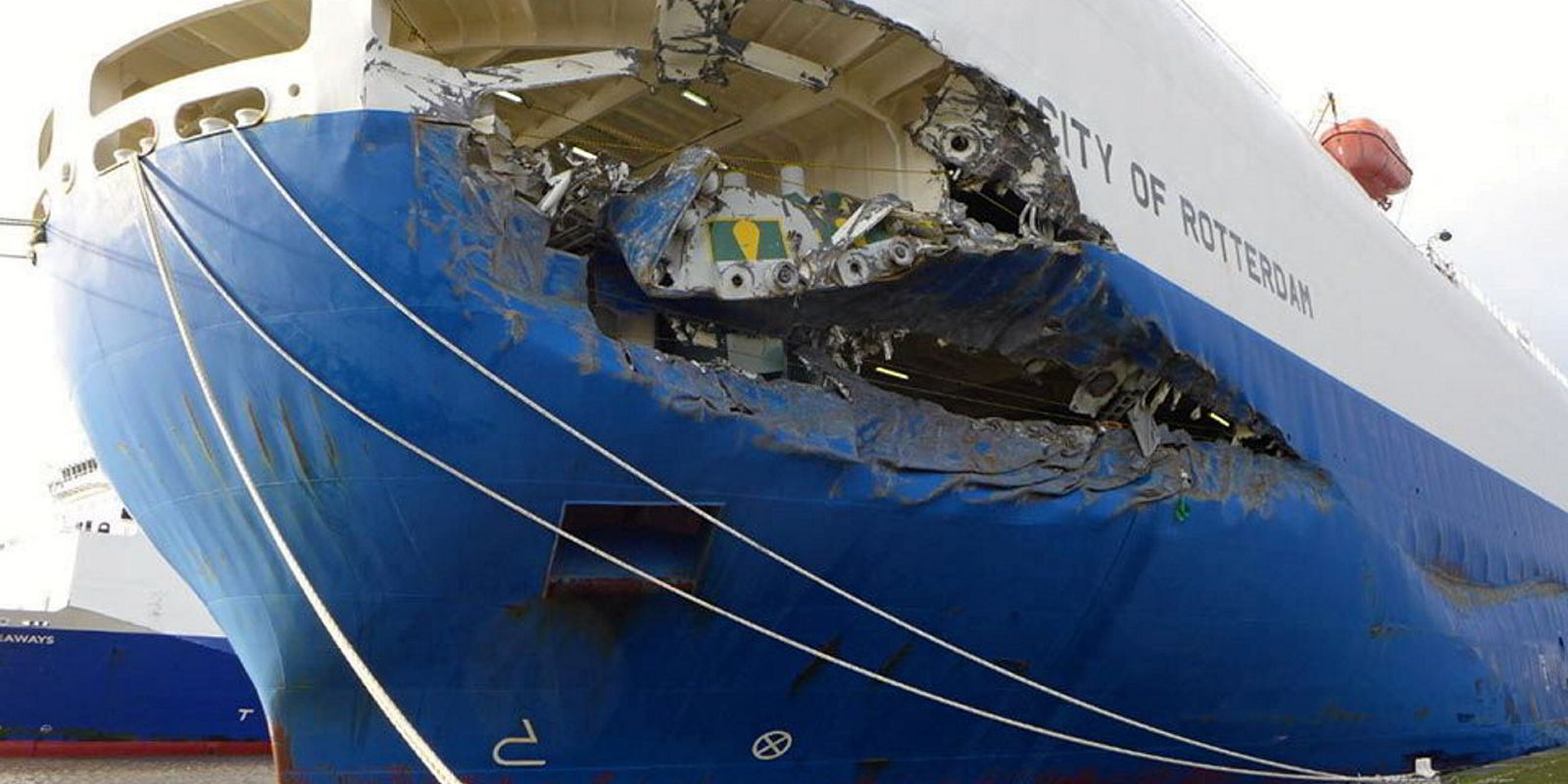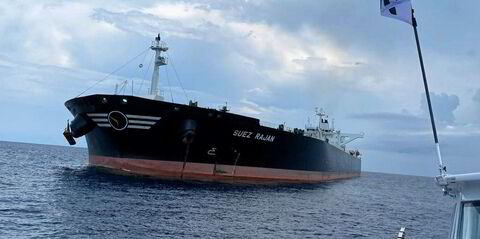New navigation technology has cluttered ship bridges and added a layer of complexity that has contributed to accidents, according to the European Commission.
More than three-quarters of navigation-related casualties probed by investigators were caused by some form of ‘human action’ but the headline findings hid a multitude of factors behind accidents, according to a review of completed cases.
In a paper submitted to the International Maritime Organization (IMO), the Commission said that technology on board ships had improved safety but had also added new complexities for crew.
It said that crew were often put under pressure to “get the job done” and switched off systems to focus on other activities. Safety management procedures drawn up for vessels may be impossible to implement under “dynamic and challenging” circumstances, it said.
“Under particular circumstances, technology may become a burden for the bridge team, and the need to cope with the actual tasks may lead to the deactivation of installed specific safety barriers specifically designed to prevent navigation accidents,” said the paper.
It added: “That’s where the conflict lies: technology is both the trigger and the solution to potential safety issues”.
The report to the IMO was based on a study last year by the European Maritime Safety Agency (EMSA) which looked at hundreds of accident reports in the decade from June 2011. It found that 13% of safety issues were related to bridge ergonomics and equipment design.
“Traditional ship bridges are often cluttered with equipment, buttons and levers,” it said.
“The placement depends on who arrived first to install their equipment at the shipyard, with no holistic and systemic focus on where to place equipment.”
It cited the case of the 2,000-ceu pure care carrier City of Rotterdam (built 2011) which collided with DFDS’ 10,200-dwt ro-ro Primula Seaways (built 2004) at the entrance to the Humber River, in the UK, in December 2015.
The car carrier had been set into the path of the inbound ferry but the course was not corrected when the pilot on board became disoriented after looking through an off-axis window from the innovative semi-circular shaped bridge.
“The car carrier was of an unconventional design and his disorientation was due to ‘relative motion illusion’, which caused the pilot to think that the vessel was travelling in the direction in which he was looking,” the report said.
The IMO submission said that a typical operator on board needed to look at many different systems, often with different style designs.
“Complex and multiple interfaces can cause cognitive overload if the operator is presented with excess information,” it said. “The operator can also be physically affected if the equipment is poorly placed.”
The analysis was based on some of more than 1,500 completed investigations on the European Marine Casualty Information Platform. The issue is due to be discussed from 31 July at a meeting of the IMO’s sub-committee on the implementation of IMO instruments.




